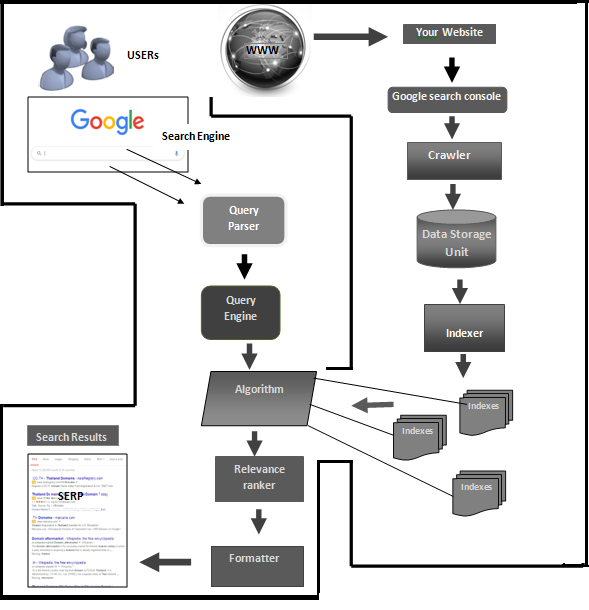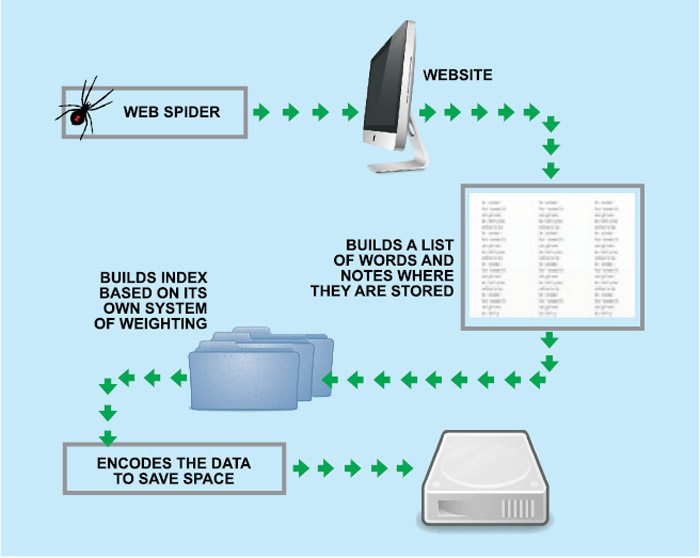

Mobile-First Index: began to consider mobile pages as the main version for ranking.RankBrain (2015): added artificial intelligence and machine learning to the algorithm to better understand users’ search intentions.Mobilegeddon (2015): mobile-friendly became a ranking factor.Hummingbird (2013): improved results classification by focusing on the exact match between the keyword and the search intention.Penguin (2012): penalized sites with low-quality backlinks and began to value those receiving contextualized links from high quality and authoritative sites.Panda (2011): penalized pages with low-quality content that made use of bad practices, including excessive keywords and link farms.These were the key updates to Google’s algorithm in recent years: Thousands of updates occur every year, but several stand out for their impact on the SEO market. Through these updates, Google aims not just to improve the classification of results but also to eliminate or decrease the position of malicious and low-quality content, which can harm the user experience.
HOW DO GOOGLE SEARCH ENGINE WORKS SERIES
The algorithm adopts a series of criteria to achieve this and is continuously updated to become more and more relevant. Its function is to create a hierarchy of pages to provide results in the most relevant order for each user. Google’s algorithm is the combination of operations that define how links are classified on the organic search results page. We will focus on these factors in detail below. They serve to offer better user experience and, as a result, increase your page’s position in the search results. Thus, classification is determined by the best relationship between keywords and a series of ranking factors that make up the search algorithm. Ranking occurs every time a user searches something - this is the focus of SEO.Īccording to the keywords used in the search, Google quickly goes through its index to find pages that coincide with those terms and respond to the question. But the order in which they display their results to users is defined through ranking. The bots are always finding and organizing the content on the web. These processes of crawling and indexing are continuously taking place. There, pages are organized according to the information the bot collected about them, such as loading time and keywords. These bots follow the connections of links across the web, searching for new and updated pages.Īfter that, the crawled pages are added to the search engine’s index, which serves as a vast library for the web’s content. At Google, it’s known as their Googlebot. In general, search engines have three stages:įirst, search engines crawl through web content using bots, also known as spiders. Have you ever considered exactly what Google does when you search for something? Despite only taking milliseconds, there’s a long process to be able to display a list of results that answer your question. But the end goal is always the same: offering the best results to what users are looking for.

When we refer to search engines, we’re not just talking about Google, but also Bing, Yahoo!, Baidu and others.Įven YouTube and Pinterest can be thought of as search engines since they’re often used to discover content.īut Google is the clear category leader, with almost 92% of the search market share.Įach search engine has its own methodology and ranking criteria. Search engines are systems or algorithms to crawl, index, and rank web content to display it in an ordered way based on user searches. This results in a higher return over investment (ROI) and lower customer acquisition cost (CAC) by employing SEO. On the other hand, SEO only makes use of organic strategies and doesn’t encompass media purchases. SEO plays a role in SEM (Search Engine Marketing), which covers all search engine strategies, including paid ads and sponsored links

This involves not just having great content, but offering usability, communicating marketplace authority, and helping Google read your pages. With this as your focus, you have a better chance to increase your visibility and clicks, receive more organic traffic, and escalate results with your online presence.īut, to achieve this, you need to prove to Google that you have the best answer and deserve to show up among the first position on the SERP (Search Engine Results Page). Every search presents the opportunity for your brand to offer the best response to what users are looking for.


 0 kommentar(er)
0 kommentar(er)
